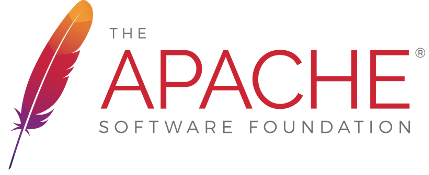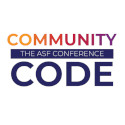Using Dynamic Languages to Implement ServicesOverviewJavaScript, also known by its formal name ECMAScript, is one of the many dynamic languages that are growing in prevalence in development environments. It provides a quick and lightweight means of creating functionality that can be run on a number of platforms. Another strength of JavaScript is that applications can be quickly rewritten. CXF provides support for developing services using JavaScript and ECMAScript for XML(E4X). The patterns used to develop these services are similar to JAX-WS Implementing a Service in JavaScriptWriting a service in JavaScript is a two step process:
Defining the MetadataNormal Java providers typically use Java annotations to specify JAX-WS metadata. Since JavaScript does not support annotations, you use ordinary JavaScript variables to specify metadata for JavaScript implementations. CXF treats any Javascript variable in your code whose name equals or begins with Properties of the variable are expected to specify the same metadata that the JAX-WS
The Javascript
Example 1 shows a metadata description for a JavaScript service implementation.
Example 1:JavaScript Metadata
var WebServiceProvider1 = {
'wsdlLocation': 'file:./wsdl/hello_world.wsdl',
'serviceName': 'SOAPService1',
'portName': 'SoapPort1',
'targetNamespace': 'http://apache.org/hello_world_soap_http',
};
Implementing the Service LogicYou implement the service's logic using the required Example 2 shows an
Example 2:JavaScript Service Implementation
WebServiceProvider.invoke = function(document) {
var ns4 = "http://apache.org/hello_world_soap_http/types";
var list = document.getElementsByTagNameNS(ns4, "requestType");
var name = list.item(0).getFirstChild().getNodeValue();
var newDoc = document.getImplementation().createDocument(ns4, "ns4:greetMeResponse", null);
var el = newDoc.createElementNS(ns4, "ns4:responseType");
var txt = newDoc.createTextNode("Hi " + name);
el.insertBefore(txt, null);
newDoc.getDocumentElement().insertBefore(el, null);
return newDoc;
}
Implementing a Service in ECMAScript for XML(E4X)Writing a CXF service using E4X is very similar to writing a service using JavaScript. You define the JAX-WS metadata using the same The only difference between the two approaches is the type of document the implementation manipulates. When working with E4X, the implementation receives requests as an E4X XML document and returns a document of the same type. These documents are manipulated using built-in E4X XML features. Example 3 shows an
Example 3:E4X Service Implementation
var SOAP_ENV = new Namespace('SOAP-ENV',
'http://schemas.xmlsoap.org/soap/envelope/');
var xs = new Namespace('xs', 'http://www.w3.org/2001/XMLSchema');
var xsi = new Namespace('xsi', 'http://www.w3.org/2001/XMLSchema-instance');
var ns = new Namespace('ns', 'http://apache.org/hello_world_soap_http/types');
WebServiceProvider1.invoke = function(req) {
default xml namespace = ns;
var name = (req..requestType)[0];
default xml namespace = SOAP_ENV;
var resp = <SOAP-ENV:Envelope xmlns:SOAP-ENV={SOAP_ENV} xmlns:xs={xs} xmlns:xsi={xsi}/>;
resp.Body = <Body/>;
resp.Body.ns::greetMeResponse = <ns:greetMeResponse xmlns:ns={ns}/>;
resp.Body.ns::greetMeResponse.ns::responseType = 'Hi ' + name;
return resp;
}
Deploying Scripted ServicesCXF provides a lightweight container that allows you to deploy your Javascript and E4X services and take advantage of CXF's pluggable transport infrastructure. Note Script based services can only work with SOAP messages. So, while they are multi-transport, they can only use the SOAP binding. You deploy services into the container using the following command:
The
The optional arguments take precedence over any addressing information provided in {{EndpointAddress}}properties that appear in the JAX-WS metadata. For example, if you deployed a JavaScript service using the command shown in Example 4, your service would be deployed at Example 4:Deploying a Service at a Specified Address
To deploy a number of services using a common base URL you could use the command shown in Example 5. If the service defined by Example 5:Deploying a Group of Services to a Base Address
You can also combine the arguments as shown in Example 6 and your service would be deployed at
Example 6:Combining the Command Line Arguments
|

